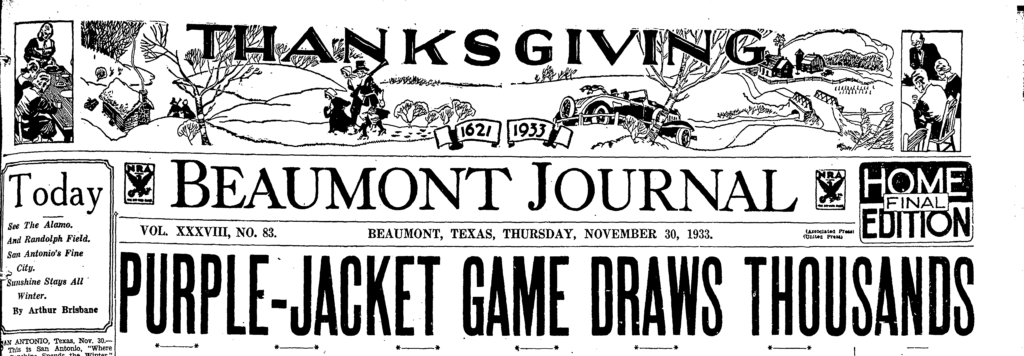
I hope everyone had a Thanksgiving of plenty and a decent nap afterward while someone in your household watched some foosball. Bobby Boucher’s mother would not be happy with this situation, but then again, I wouldn’t want to have dinner at her cabin. I’ve seen some of her slithering dishes, and nutria nourishment is not something I would wish to partake in either.
Here under the oaks at Ye Olde Block Farm, it’s been an annual event to begin preparing Thursday’s feast on Wednesday, starting at 1 p.m. It’s almost a cosplay of the original Iron Chef series from the ‘90s. But here it’s the “great turkey battle,” and not some other weird stuff Mrs. Boucher would probably like. There is a difference between Iron Chef America and the original show. I remember a friend who tried to watch the Japanese version in the 2000s. Unfortunately, he saw the “great piglet battle.” If you’ve seen the show, then you know they highlight an ingredient. Chop, chop the piglets. They weren’t alive, like the “great sturgeon battle,” but it took him a week to recover from seeing that one. The dinner turned out well, and I’m glad it’s over. As far as my friend is concerned, he knows to stay out of my kitchen.
This week was the seventy-ninth anniversary of the Battle of Tarawa. Port Arthur native Hugo DeBretagne gave his life on D-day three of Operation Galvanic. It was the final day of the battle, and only his comrades know what happened; I couldn’t find any specific information in the war diaries released in 2012. I know nine marines were killed that day, compared to the 1,000 that perished in the first two days of fighting. This wasn’t the first battle that Hugo had been in. I assume he was in the Guadalcanal campaign with the Second Marines (I want to look further into this). I do know that his brother was. Thankfully, James DeBretagne made it out of WWII alive, but not without receiving the Purple Heart.
Both Hugo and his brother James weren’t the only ones who had a tie to this area and fought in the Battle of Tarawa. Murry Anderson, born in Whitney, Texas, grew up on his family’s farm in Deport, near Paris (also Texas). On the Tyler Knows Everything podcast, Murray said he “was doing a man’s work at the farm at age six.” Whether cutting or picking cotton, milking the cows each morning, or picking the corn, it was a rough life during the Depression. When he was seventeen, his father died in the spring of 1942, and the farm became financially unviable. He moved with his mother and his sisters to Dallas. He had six sisters (four got married and lived in Dallas).
Murray’s dream was to fly planes for the Navy, but he didn’t pass the examination. So, he joined the Marine Corps hoping to fly in their corps. The day he was to depart for boot camp, he got a telegram from Washington stating that there had been a mistake in the grading of the exam and that he had passed. He was to report to Hensley Field Naval Air Station in Dallas for flight training. He contacted the Marine Corps about the mistake and was told, “Sorry, but you are in the Marine Corps.” I guess this is why their slogan is “The few, the proud.”
Murray Anderson moved to Beaumont in 1958 and wrote a book about his time in the Marine Corps. The Unrelenting Test of War is an excellent recounting of the history of what he and his fellow marines faced. It is also a gem for understanding what people actually felt and went through back then. I’ll also give a massive shout-out to Tyler Troutman for his interview with Murray in 2020. He has many other stories on the podcast, including how Murray met his wife.
Murray Anderson passed in June of this year, so I want to include the podcast to tell the story in his own words. Our veterans from that era are dying, and every story should be told. Thanks to all who collect the oral histories of these men and women, because I hope that someone in the future will have enough sense to learn the hell this generation endured. Many people complain about their lives and how hard it is nowadays. I see boomers, Generation Xers, millennials, and Generation Zers crying about one thing or another, but try living through the Depression as a child and then fighting a two-front war that didn’t really affect your family, even though you went through a lot of crap that they would never experience and wouldn’t understand. This was the greatest generation, and don’t ever let some boomer tell you otherwise, unless it’s a Vietnam vet, because they got the shaft from the other boomers. Change my mind!
Well, I have to cut this week’s ramble short because I’m currently doing Welsh calculus before Tuesday’s match with the Three Lions. I’ll leave you with an excerpt from “Susie Spindletop’s Weekly Letter” dated November 27, 1927, because Susie was always a strong closer.
Dear Della-
Thanksgiving has come and gone, as you may have noticed, and now for the greatest convention week of the year. I refer to that season commonly known as Christmas when folks do exactly what they are supposed to do because they are supposed to do it. As currently conducted the Yuletide period could not be more stereotyped were it the work of a luncheon club. It is very cut and dried.
But there, there! I mustn’t be dampish. I may believe that persons give presents they have no right to give, and grind their teeth while doing so; I may believe that thousands of stupid cards are sent out every year, with engraved sentiments mailed out to a long-list of friends; I may believe that every household, with very, very few exceptions, labors earnestly and usually unsuccessfully to retain that old timey spirit, but it is rather unbecoming for me to say so isn’t it?
One thing is gloriously beautiful- about Christmas as ever, Della, and that is the steadfast illusions of the children. Anything we can do to continue this charming deceit is effort well spent. Any invention we can supply that will make old Santa invade a snowless country with reindeer and sleigh is an invention which though one of the most impossible frauds ever imposed on an unsuspecting and trustful juvenile, ought to be continued.
And that reminds me of a commercialized Christmas story told in newspaper circles. Seems that an ambitious automobile agent in a southern city wanted to advertise old Nick as coming to town in a limousine Eight, or whatever make of car it was he represented. He had a commercial artist draw up a picture showing Santa at the steering wheel, just lickety splitting into town. He took the ad to the local daily. And the daily would not accept it.
“No, sir,” said the advertising manager, shaking his head, “that won’t go with the kiddies. You may have the best car in the world, but Santa isn’t supposed to know it. He still travels behind reindeer in this paper.
So said Susie November 27, 1927
Iron Chef: Suckling Pig Battle Chen vs Stelvio
222 – The Costliest Day in US Marine History – WW2:
The Unrelenting Test of War by Murray Anderson
Tyler Knows Everything podcast: https://youtu.be/JN-z-QB9TOg
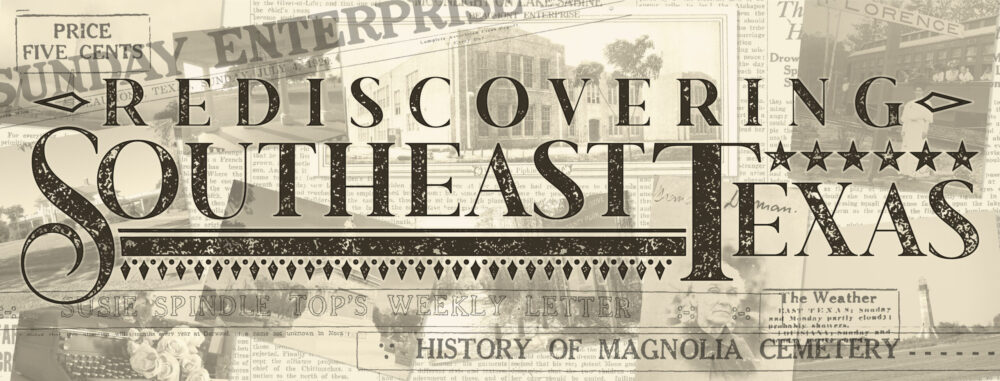
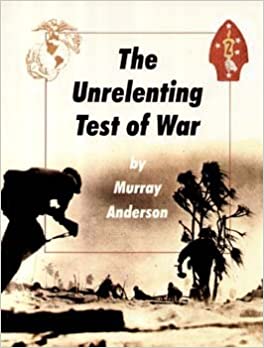



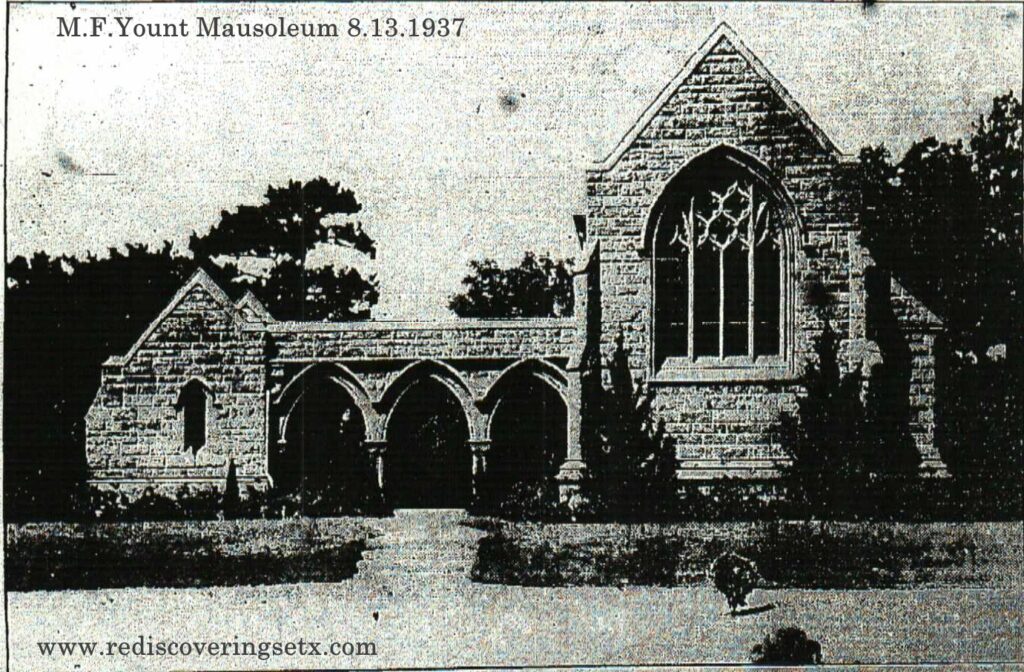




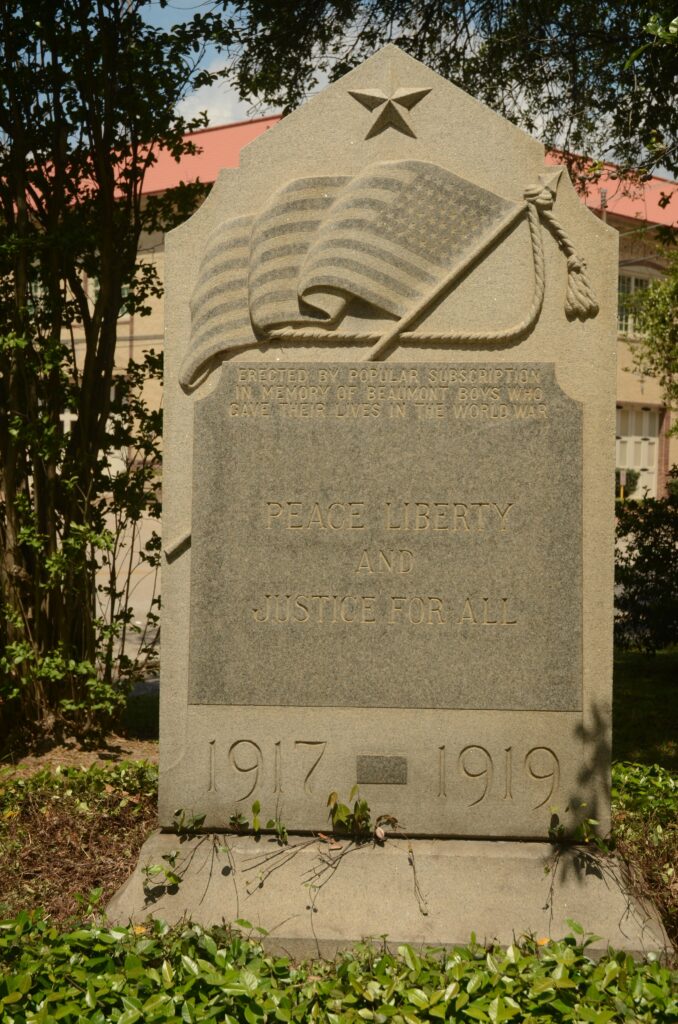
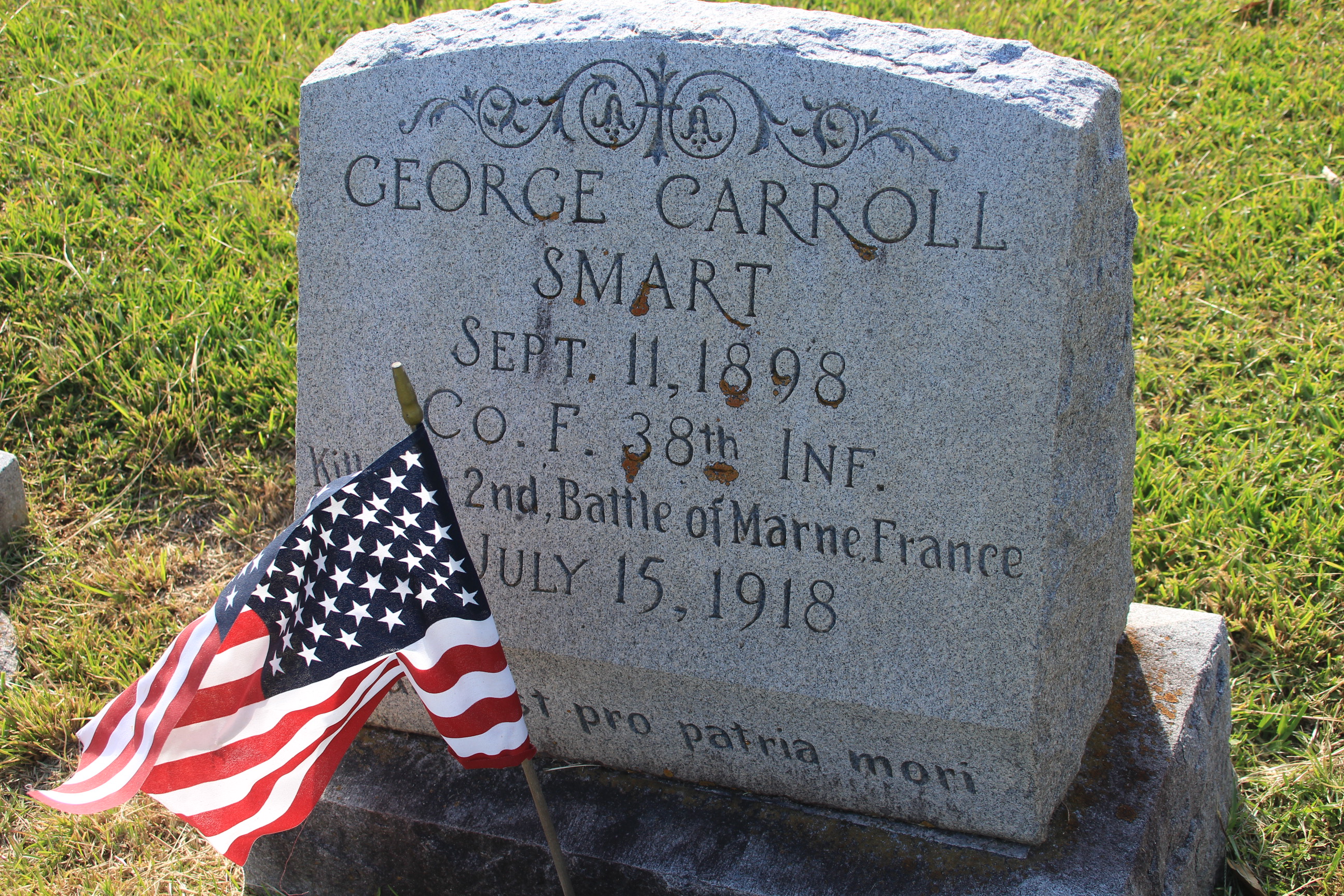
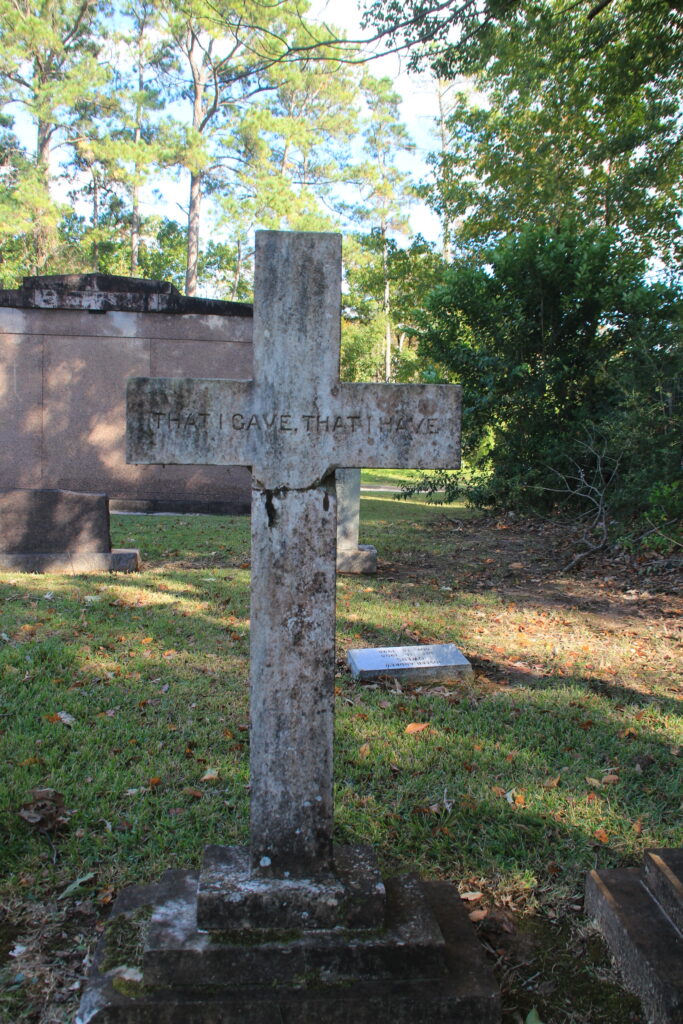
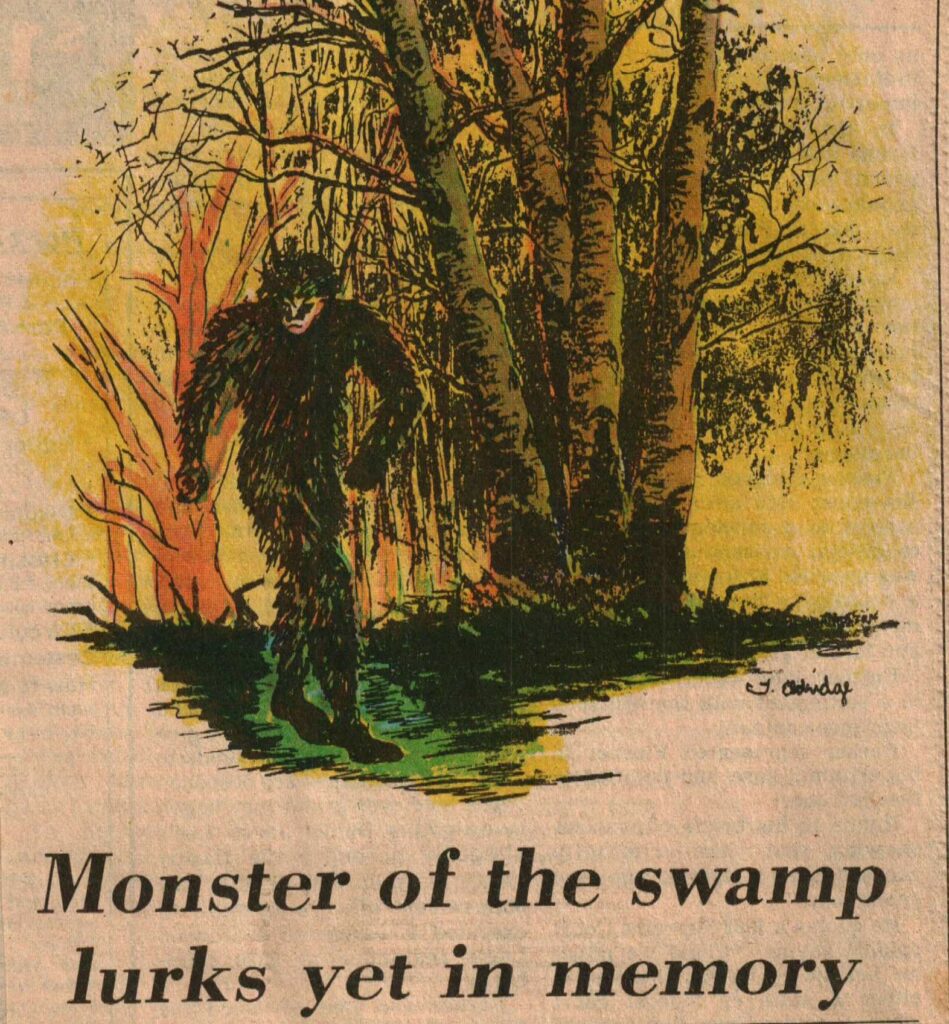
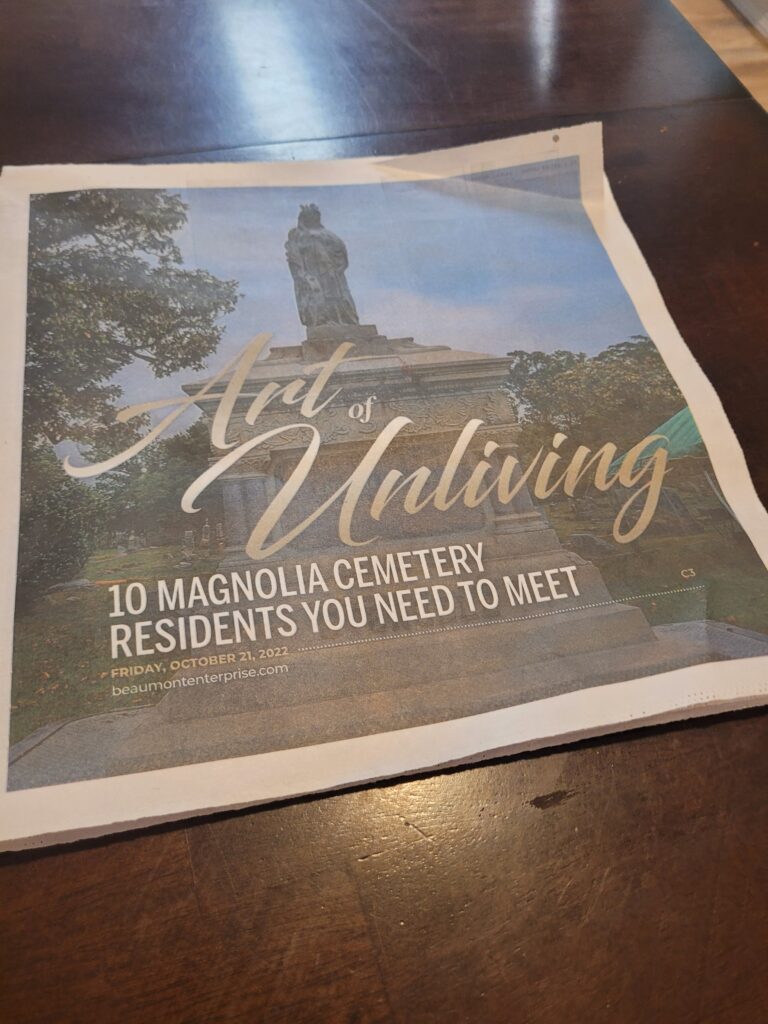
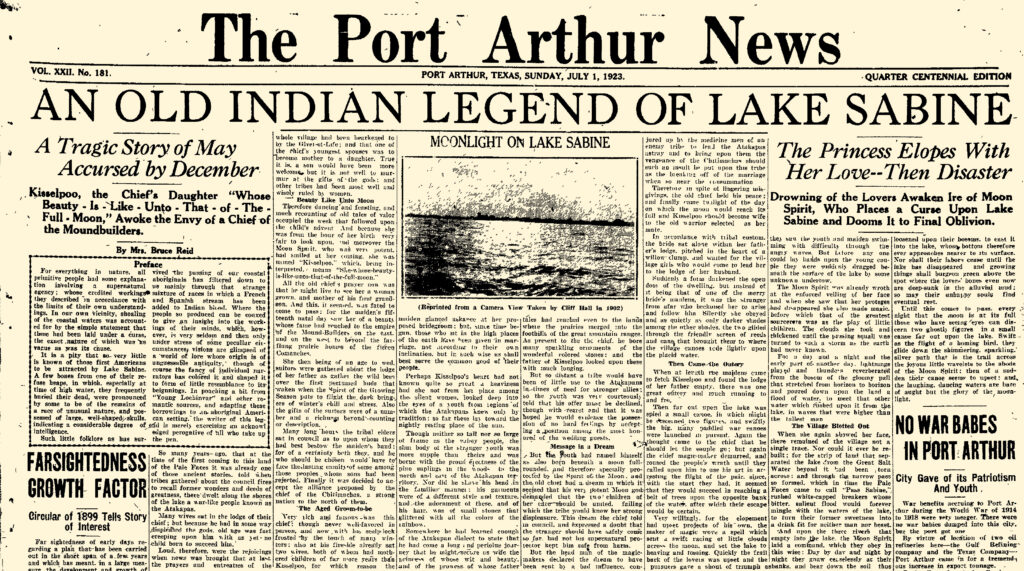

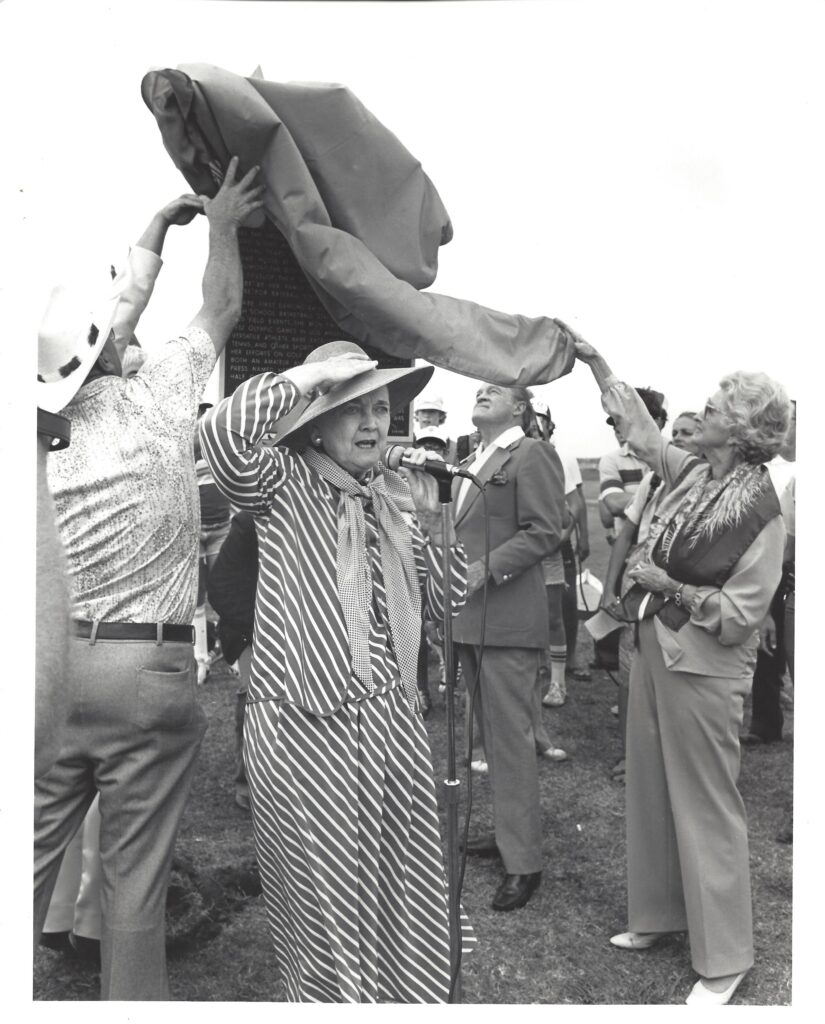
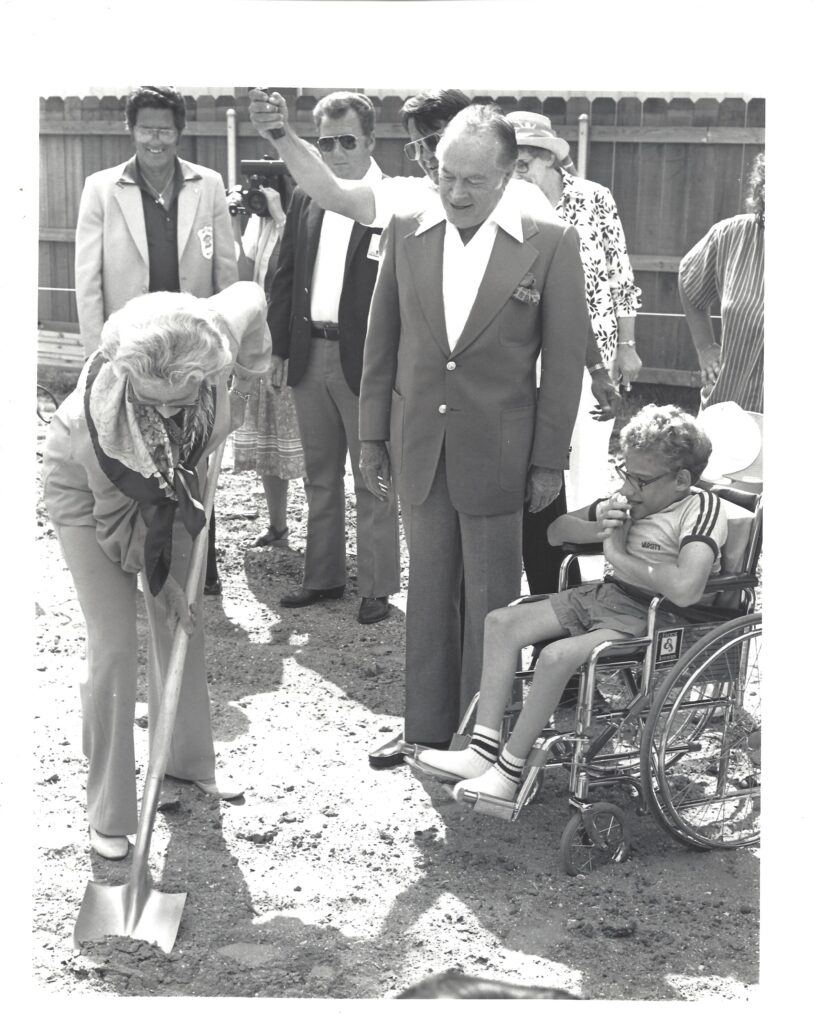
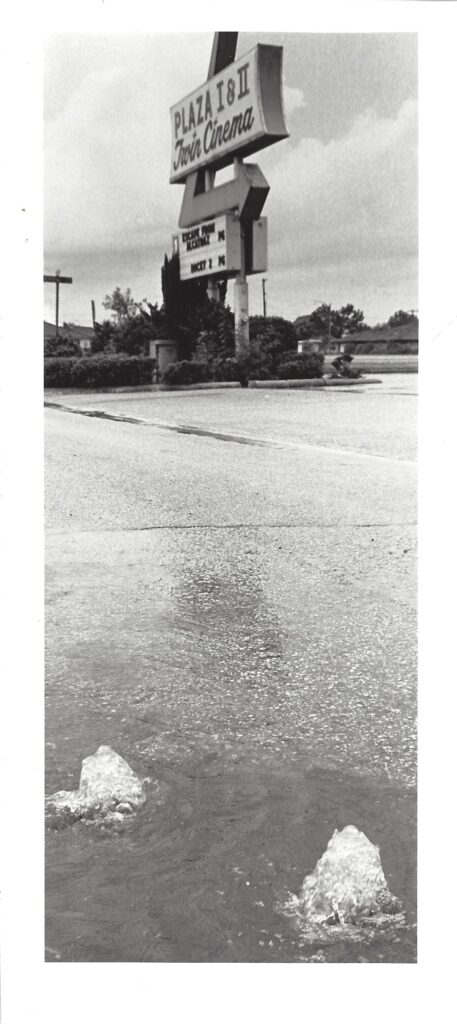
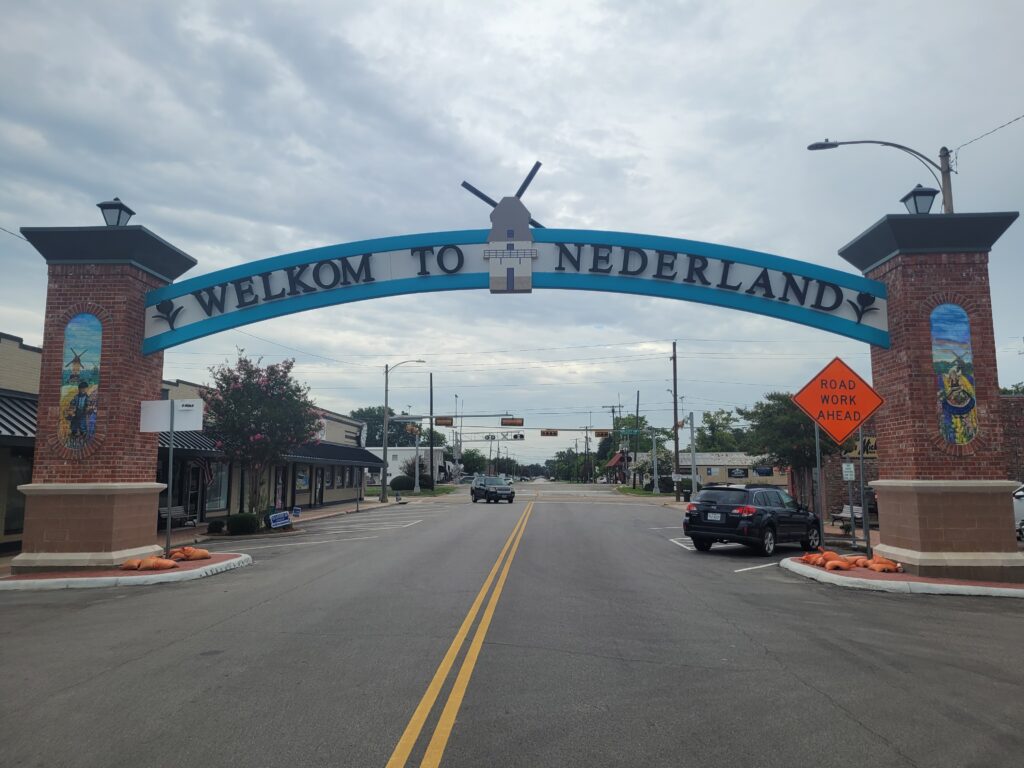
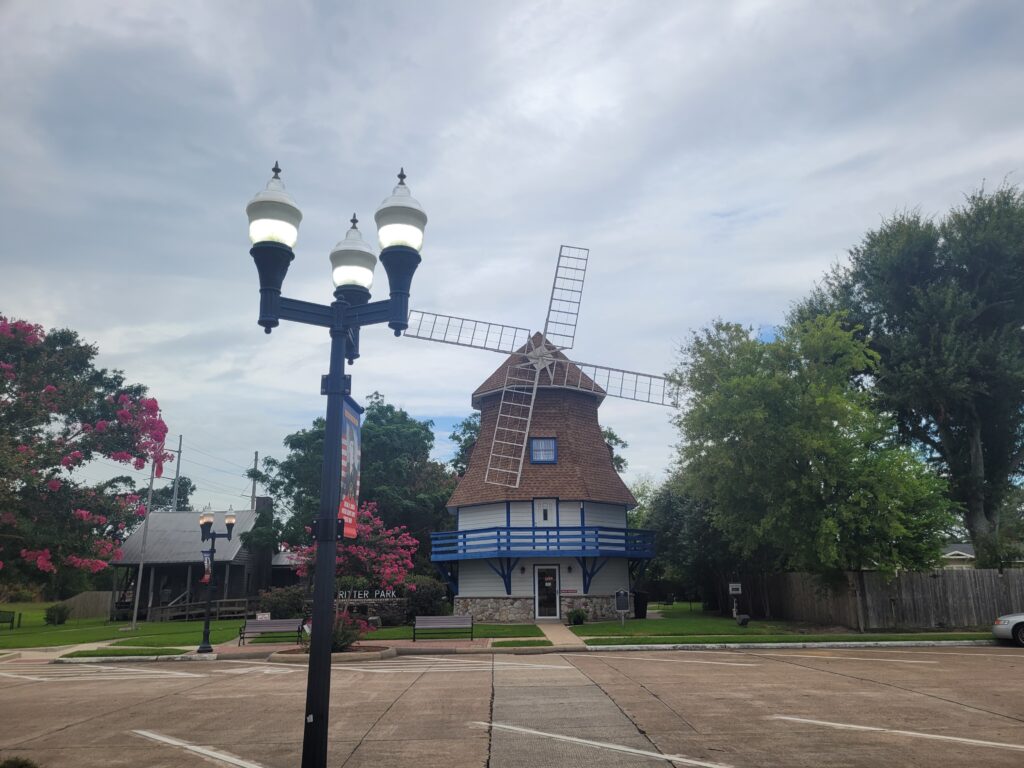

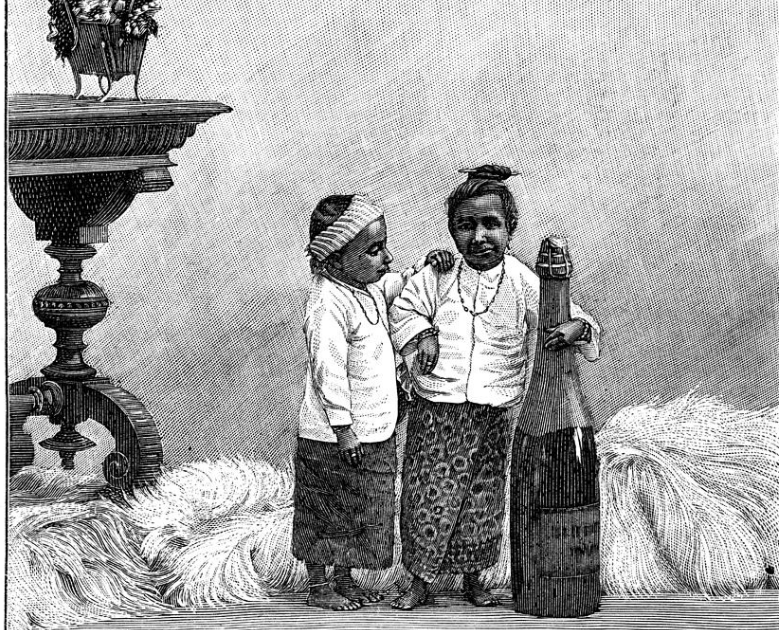

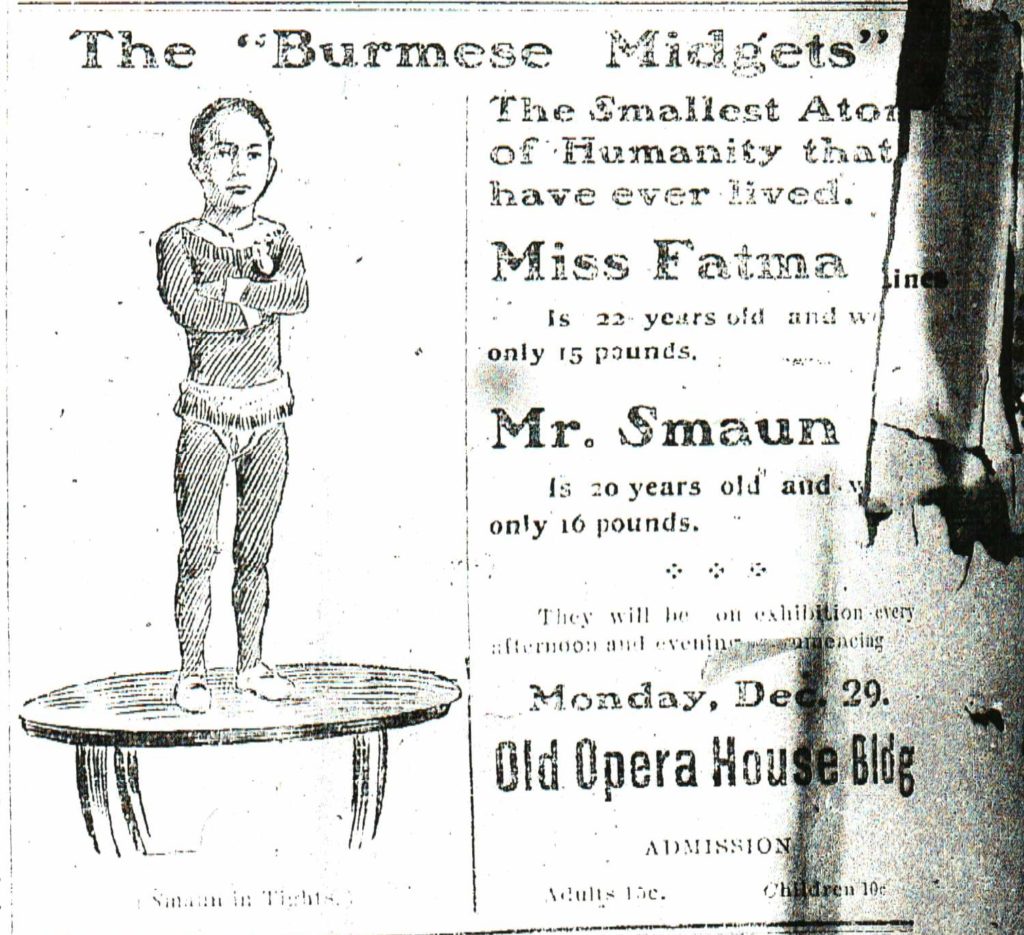
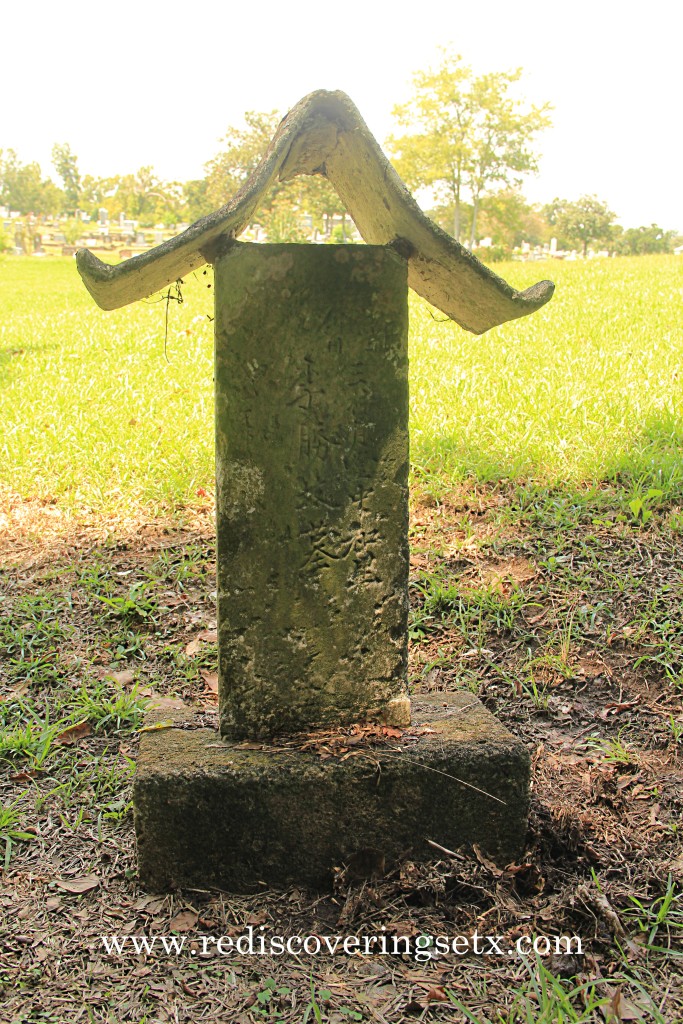




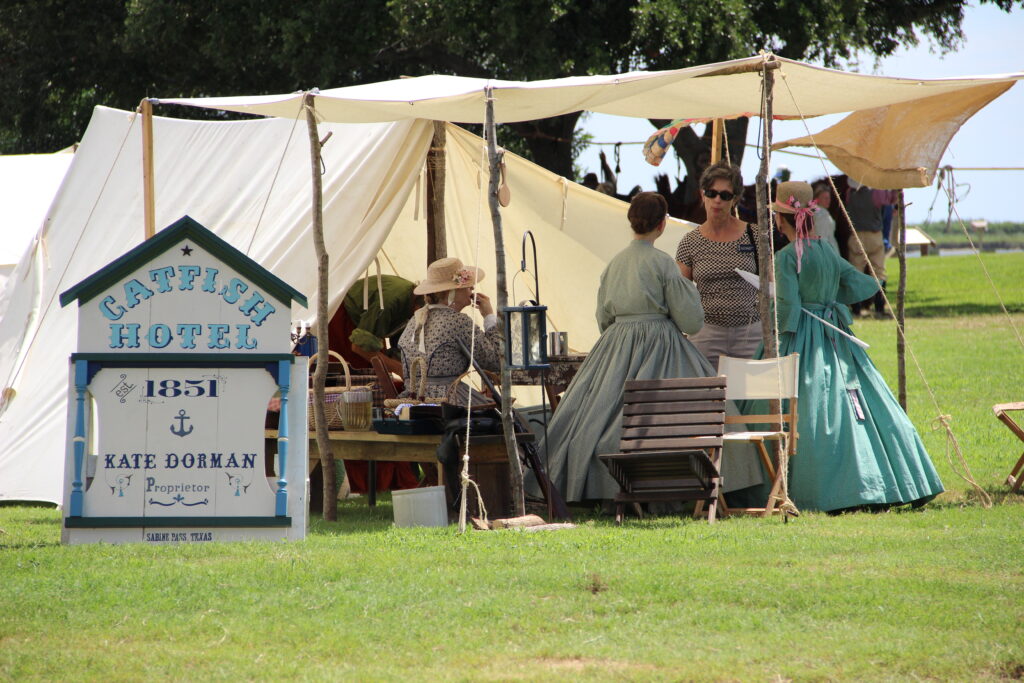
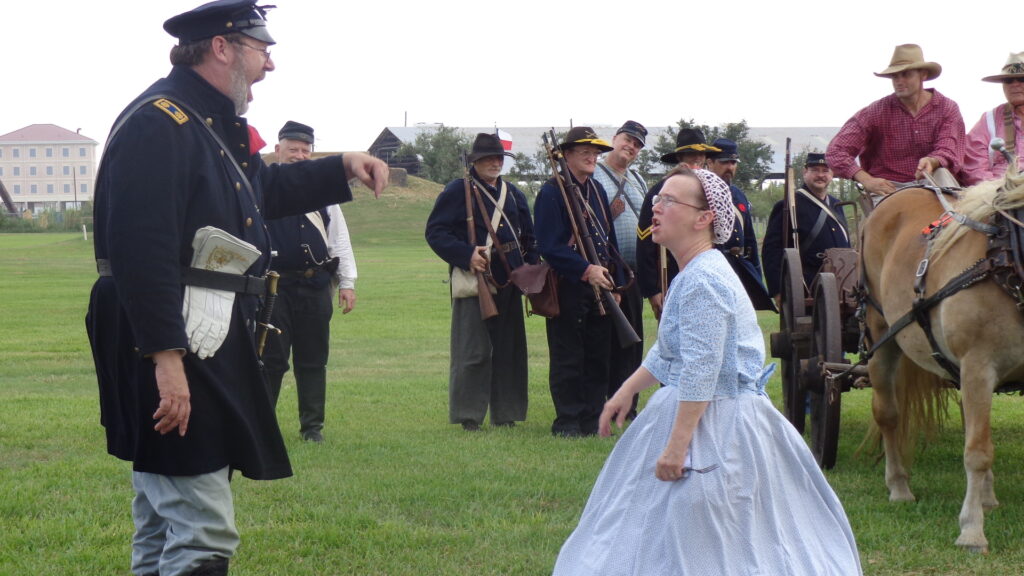

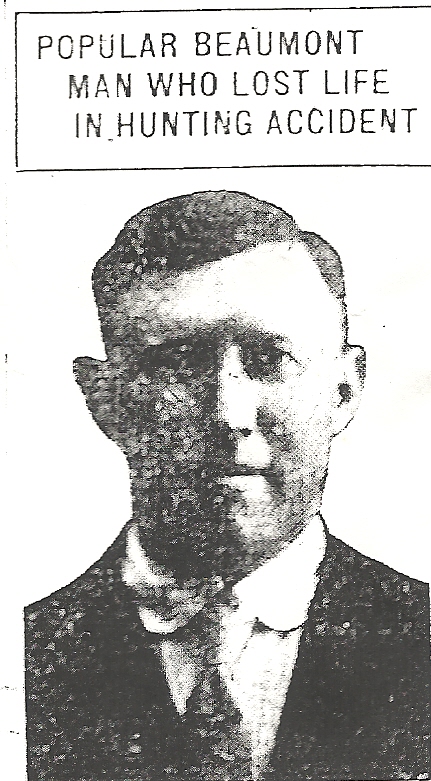
You must be logged in to post a comment.